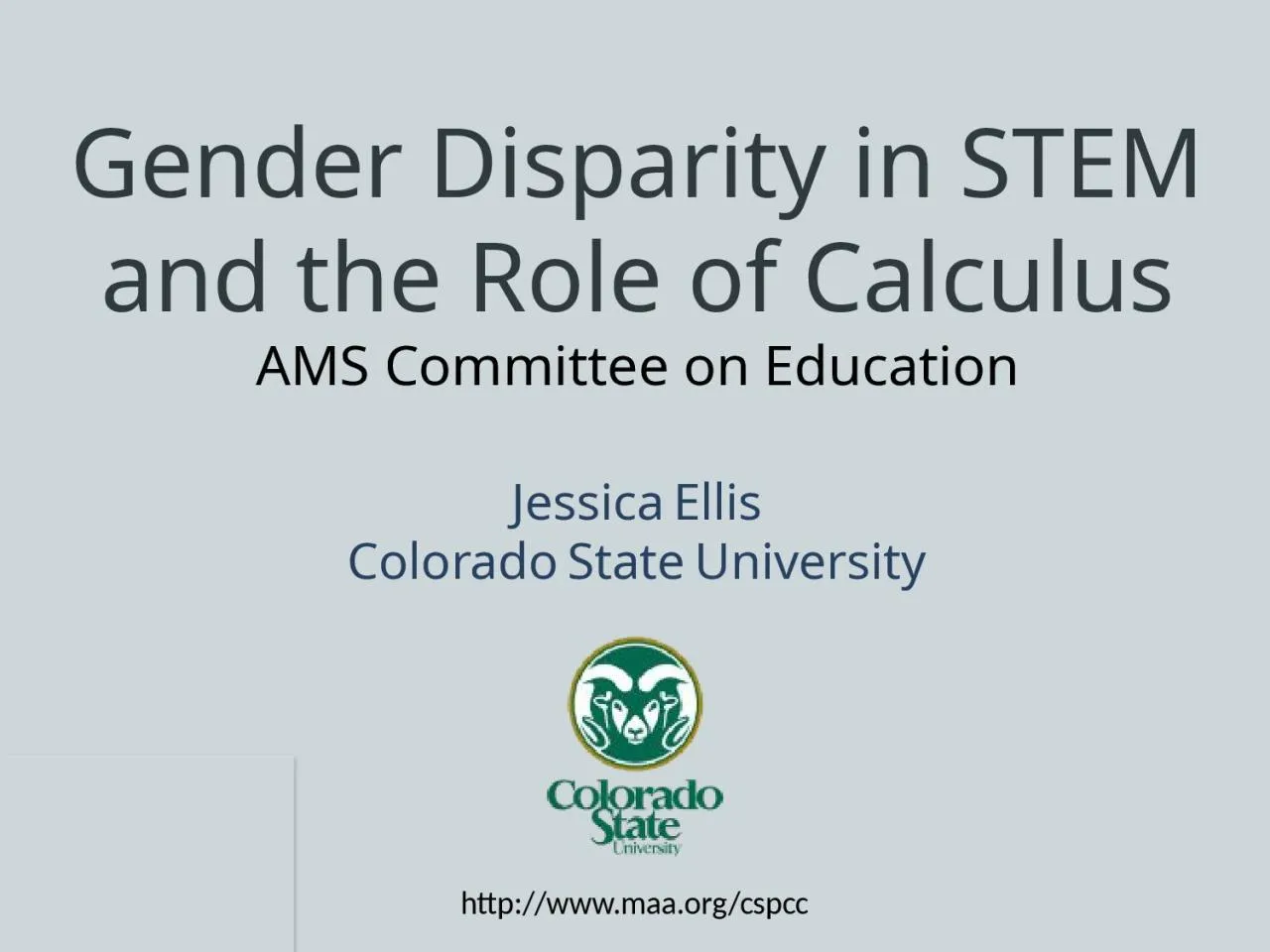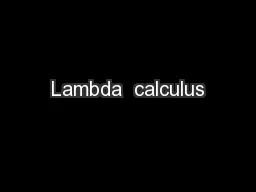PPT-Gender Disparity in STEM and the Role of Calculus
Author : candy | Published Date : 2022-06-01
AMS Committee on Education Jessica Ellis Colorado State University http wwwmaaorg cspcc Acknowledgments MAA David Bressoud Michael Pearson Linda Braddy Olga
Presentation Embed Code
Download Presentation
Download Presentation The PPT/PDF document "Gender Disparity in STEM and the Role o..." is the property of its rightful owner. Permission is granted to download and print the materials on this website for personal, non-commercial use only, and to display it on your personal computer provided you do not modify the materials and that you retain all copyright notices contained in the materials. By downloading content from our website, you accept the terms of this agreement.
Gender Disparity in STEM and the Role of Calculus: Transcript
Download Rules Of Document
"Gender Disparity in STEM and the Role of Calculus"The content belongs to its owner. You may download and print it for personal use, without modification, and keep all copyright notices. By downloading, you agree to these terms.
Related Documents














